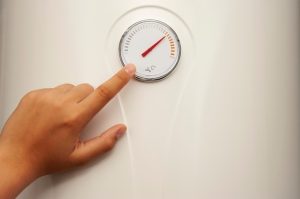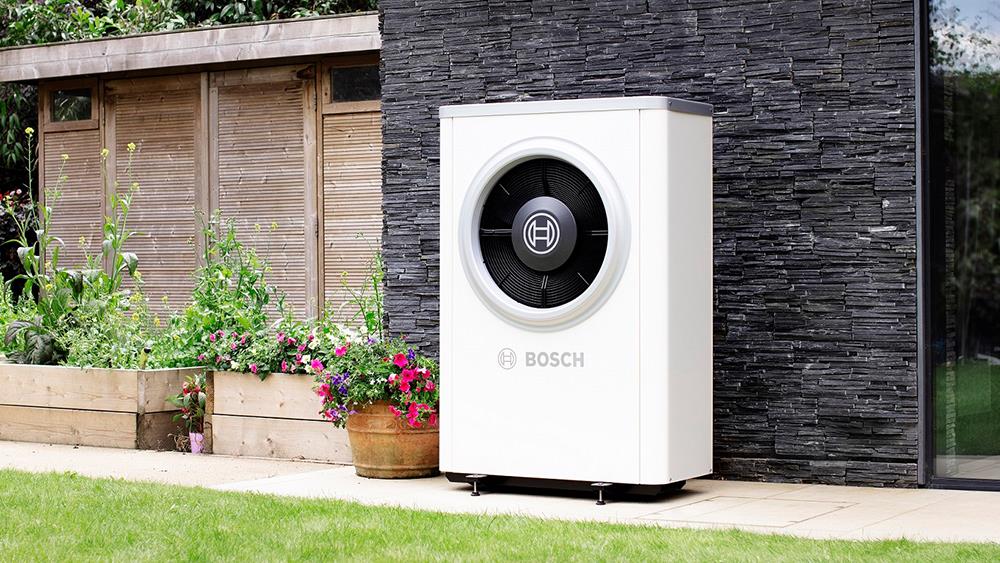The optimum boiler temperature setting on your boiler isn’t just a trivial number—it’s the linchpin of your home’s comfort and energy efficiency. Set it too high, and you’re not just burning fuel; you’re burning money, bleeding it out unnecessarily. On the flip side, set it too low, and your home risks becoming a cold, unwelcoming cave. Worse yet, you might be rolling out the red carpet for harmful bacteria like Legionella, which thrive in lukewarm conditions. Your boiler, tirelessly humming away, is the unsung hero keeping your home warm and inviting. But without the correct settings, this hero might be working harder than necessary, leading to wasted energy, inflated bills, and a home that’s less cozy than it should be.
But here’s the thing—by meticulou
sly fine-tuning your boiler settings, you can strike the perfect balance. Warmth, without the wallet-draining energy costs. Comfort, without the lurking health risks. It’s all about finding that sweet spot. So, let’s dive in and figure out exactly where that is.
Call today for a free survey and Quote on your New Boiler 01274317169

What is the Optimum Boiler Temperature for Your Home?
For most homes, you’ll want to aim for a temperature range between 60°C and 70°C. This range is your golden ticket to a warm home without wasting energy like it’s going out of style. But, and this is crucial, your exact setting might need a tweak or two, depending on your boiler type and what the manufacturer suggests.
Adjusting for Your Specific Boiler Type
Boilers aren’t one-size-fits-all. What’s perfect for one might be downright inefficient for another. Take Combi boilers, for instance. These space-saving marvels are designed for on-demand heating and hot water. They hit their stride within the 60°C to 70°C range for heating. But then, you’ve got condensing boilers—the efficiency juggernauts of the boiler world. These guys capture and reuse heat from exhaust gases, pushing their efficiency through the roof. For them, you’ll want to crank the heating to about 70°C and set hot water at 60°C to squeeze out every last drop of performance.
Impact on Energy Efficiency
When you keep your boiler’s temperature within that 60°C to 70°C sweet spot, you’re not just heating your home—you’re doing it smartly, striking a fine balance between comfort and energy efficiency. It’s warm enough to keep the chill at bay but not so high that you’re burning through energy like there’s no tomorrow.
And let’s clear up a common myth—cranking up the temperature doesn’t mean your home heats up faster. Nope, all it does is make your boiler work overtime, gobbling up more energy and leaving you with a higher bill, all without any real improvement in warmth. It’s like running a marathon in flip-flops—more effort, less reward.
Understanding Different Boiler Types
Not all boilers march to the same beat. Each type has its quirks, its strengths, and its ideal temperature settings. Let’s break down the three main players: Combi, Condensing, and Traditional Boilers.
Combi Boilers
Functionality: Combi boilers are the Swiss Army knives of heating systems. They don’t need a separate hot water cylinder or cold water tank. Space-saving? Check. Efficient? Double check. When you turn on a hot tap or switch on the heating, the combi boiler springs into action, heating the water instantly, like magic.
Optimal Settings: For these wonders, set the heating output between 60°C and 70°C. This is your golden range—efficient, effective, and easy on the energy bills. For hot water, aim for around 50°C. It’s warm enough to meet your needs without tipping into wastefulness.
Condensing Boilers
Efficiency: Condensing boilers are the overachievers of the boiler world. They don’t just work—they excel, in capturing and reusing heat from exhaust gases that would otherwise go to waste. This process pushes their efficiency above 90%, far surpassing traditional models.
Optimal Settings: To make the most of a condensing boiler, set the central heating temperature at about 70°C. This setting keeps the boiler working at peak efficiency while ensuring your home stays toasty. For hot water, 60°C is the sweet spot, balancing efficiency and safety.
Traditional Boilers
General Use: Traditional boilers—also known as conventional or regular boilers—are the stalwarts of the heating world. They’ve been around for years, providing reliable warmth. These systems typically require a separate hot water cylinder and cold water tank, making them a solid choice for larger homes with high hot water demand.
Optimal Settings: Even these old-school models thrive in the 60°C to 70°C range. However, they might need a nudge higher to maintain efficiency, especially in older, draftier homes. And don’t forget the hot water cylinder—keep it at 60°C to ensure a steady, safe supply.
Safety Considerations: Avoiding Legionnaires’ Disease
Here’s where things get serious—one of the biggest safety concerns with water heating systems is the risk of Legionnaires’ disease, a potentially deadly form of pneumonia caused by the Legionella bacteria.
What is Legionnaires’ Disease?
Legionnaires’ disease isn’t something to take lightly. It’s a severe illness caused by inhaling water droplets contaminated with Legionella bacteria. These bacteria love warm water environments—plumbing systems, hot water tanks, and cooling towers are their playgrounds. If you breathe in water mist or vapor containing these bacteria, you could end up with a nasty case of pneumonia.
Why Temperature Matters?
Legionella bacteria multiply like crazy in water temperatures between 20°C and 45°C. If your boiler or hot water system dips below 60°C, you’re giving these bacteria a green light to thrive. The risk is even higher if water sits stagnant at these temperatures, turning your system into a petri dish.
What are the Safe Settings to Prevent Legionnaires’ Disease?
Experts across the board agree—your boiler’s hot water should be set to at least 60°C. At this temperature, Legionella bacteria don’t stand a chance. They simply can’t survive. But there’s a balance to be struck—you want the water hot enough to kill bacteria, but not so hot that it risks scalding. This is where thermostatic mixing valves come in handy, especially if children or elderly individuals are using the hot water.
Additional Safety Tips
- Avoid Stagnation: Keep the water in your system moving. Stagnant water is a breeding ground for Legionella.
- Inspect and Clean: Regularly check and clean showerheads, taps, and other fixtures. Don’t give bacteria a place to hide.
- Annual Servicing: Get your boiler serviced annually by a qualified engineer. It’s the best way to ensure it’s running safely and efficiently.





